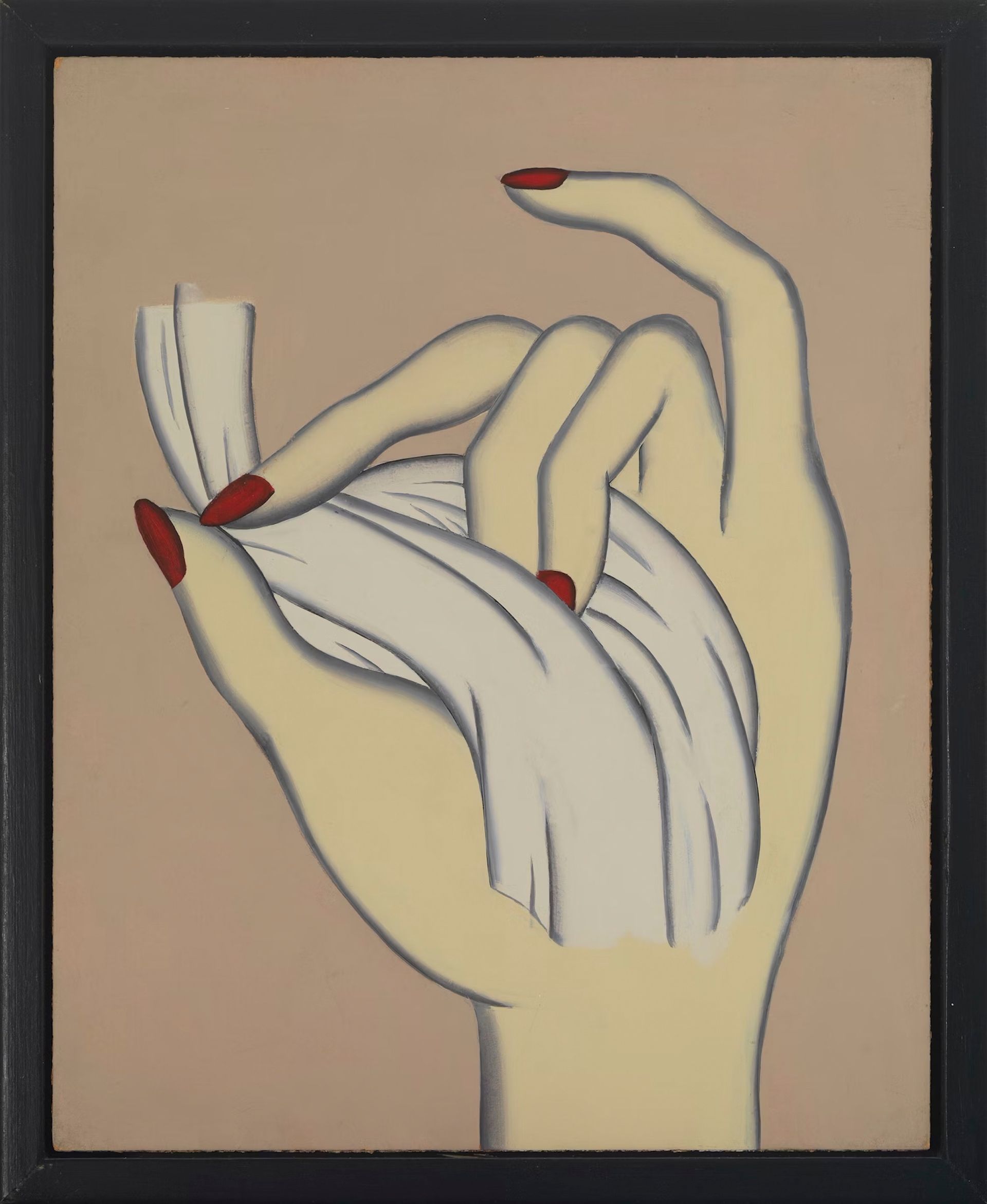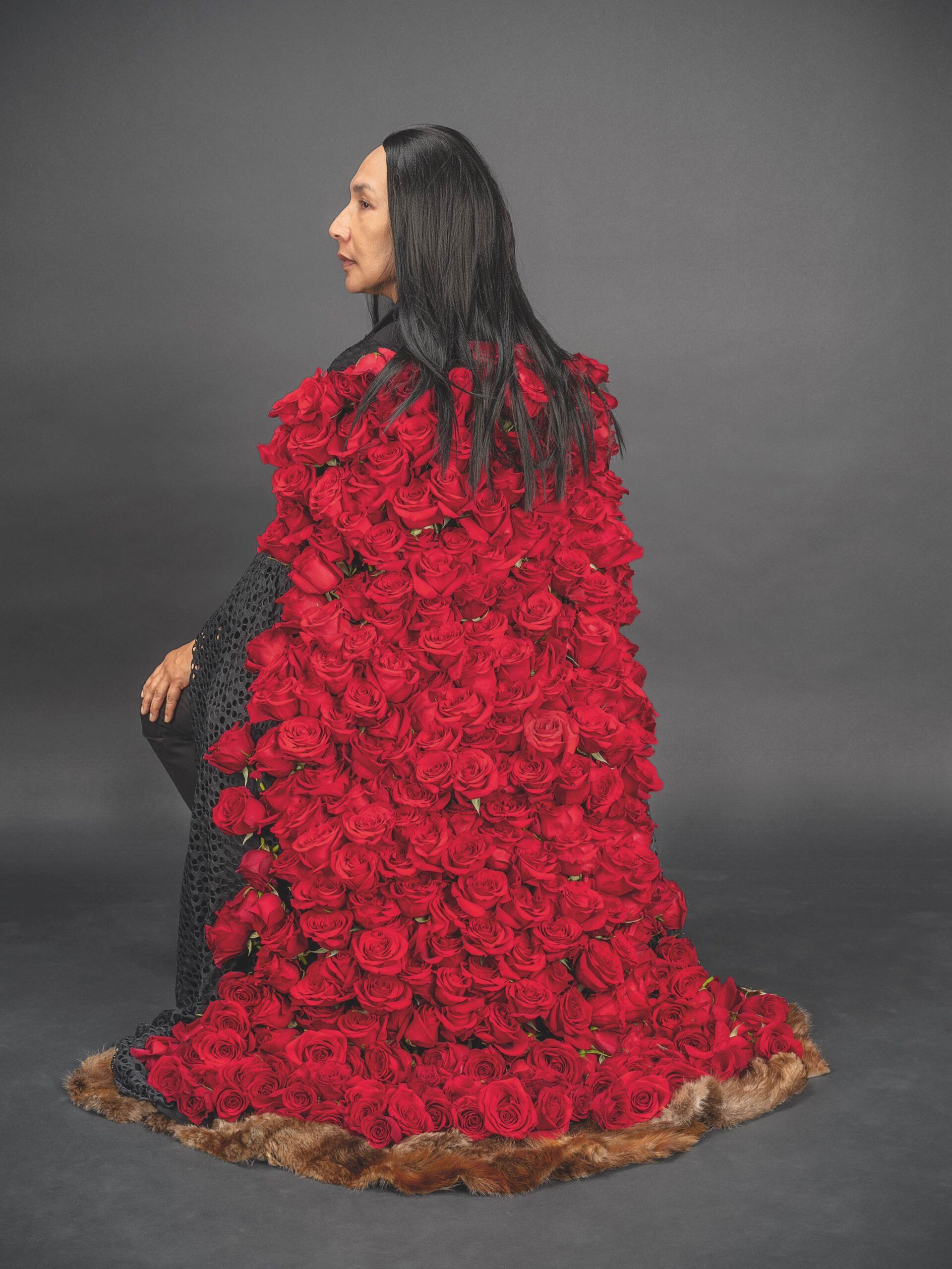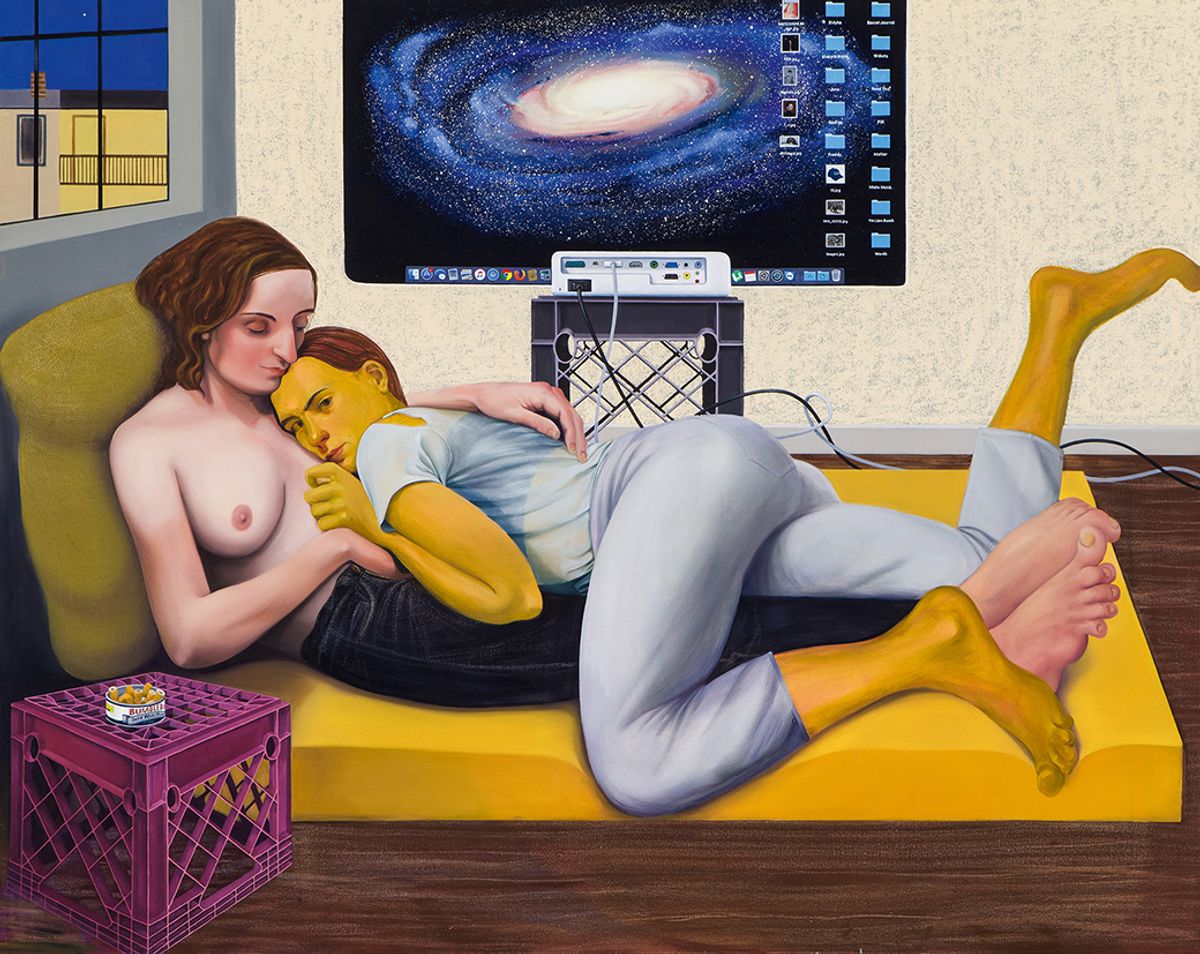Nicole Eisenman: What Happened
Museum of Contemporary Art Chicago, until 22 September
The French-born American artist Nicole Eisenman has, since the 1990s, created some of the most distinctive and indelible figurative paintings of an era in which the genre has proliferated. Part of what makes the New York-based artist’s compositions so successful is her seemingly effortless layering of references and styles, from Old Masters and canonical Modernists to Socialist Realist murals, pop culture imagery and more to convey a very contemporary sense of alienation. In addition to many of her best-known canvases, the roughly 100 works on view in Chicago include examples of her early drawings and murals as well as her recent large-scale sculptural installations.

Christina Ramberg, Untitled (Hand), 1971. Private Collection, New York.
© The Estate of Christina Ramberg. Stewart Clements Photography.
Christina Ramberg: A Retrospective
Art Institute of Chicago, 20 April-11 August
Christina Ramberg (1946-95) was a core member of the Chicago Imagists movement, creating poignant, surreal drawings and paintings with strong feminist undertones. In many of her best-known canvases she portrayed women’s heads and torsos, tightly framed and cropped, dressed (or not) in ways that alternately seemed to constrict or objectify them. Her renderings of hair and textiles are both elegantly stylised and deeply evocative. Ramberg’s work evolved rapidly during her too-brief career, as this retrospective will attest across around 100 works, including her quilts from the 1980s and examples from her many personal collections, including slides, sketchbooks and dolls.
Actions for the Earth: Art, Care & Ecology
Block Museum of Art, until 7 July
Spurred by the worsening climate crisis and the global Covid-19 pandemic, this travelling exhibition organised by the Australian curator Sharmila Wood brings together projects by 18 artists and collectives who make work in dialogue with ancient and cutting-edge knowledge about caring for the Earth and all its inhabitants. In addition to seminal works by Yoko Ono, Ana Mendieta and Cecilia Vicuña, it includes pieces such as the French artist Tabita Rezaire’s kaleidoscopic video Premium Connect (2017), which traces the roots of computing sciences to ancient African divination systems. Wood will moderate a panel on environmental art at Expo Chicago on 14 April.

Rebecca Belmore, matriarch, 2018, from the series nindinawemaganidog (all of my relations) Courtesy of the artist
Native America: In Translation
Museum of Contemporary Photography, until 12 May
This exhibition, curated by the multidisciplinary artist Wendy Red Star, brings together works by nine Indigenous artists from North America who use photography, video, performance and more to address issues of community and identity, while also examining the enduring effects of settler colonialism. It includes images from Yup’ik artist Nalikutaar Jacqueline Cleveland’s photo series documenting the languages and cultures of Alaska Native peoples, as well as Anishinaabe artist Rebecca Belmore’s series nindinawemaganidog (all of my relations) (2017-18), which restages moments from the artist’s performances influenced by episodes of violence against women and First Nations groups in Canada.
Meiji Modern: Fifty Years of New Japan
Smart Museum of Art, until 9 June
This show traces the development of modern aesthetics in Japan through the art, fashion, design, mass media and popular culture of the Meiji era (1868-1912). With more than 130 works from nearly 50 public and private collections in the US, it shows how factors including new materials and techniques, stylistic influences from other parts of Asia and Europe, social and political upheaval, technological innovation and imperial expansion shaped the era’s art. “Although the changes brought by the Meiji era were difficult and chaotic, many Japanese people, including artists, saw it as a time of new possibilities, global exchange and social reform,” says Chelsea Foxwell, a professor at the University of Chicago who co-curated the exhibition (with Bradley Bailey of the Museum of Fine Arts, Houston).


